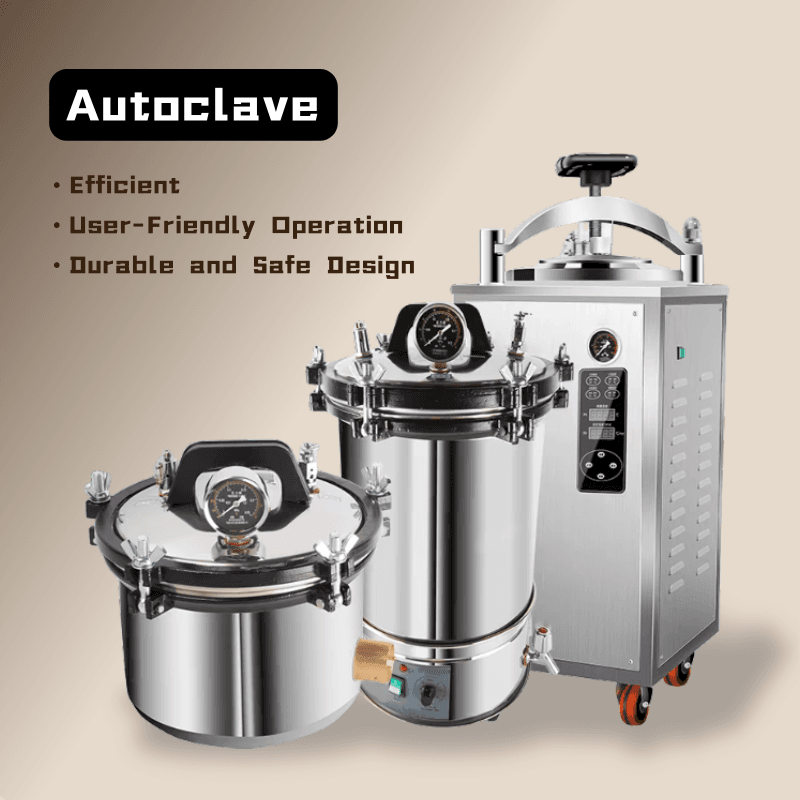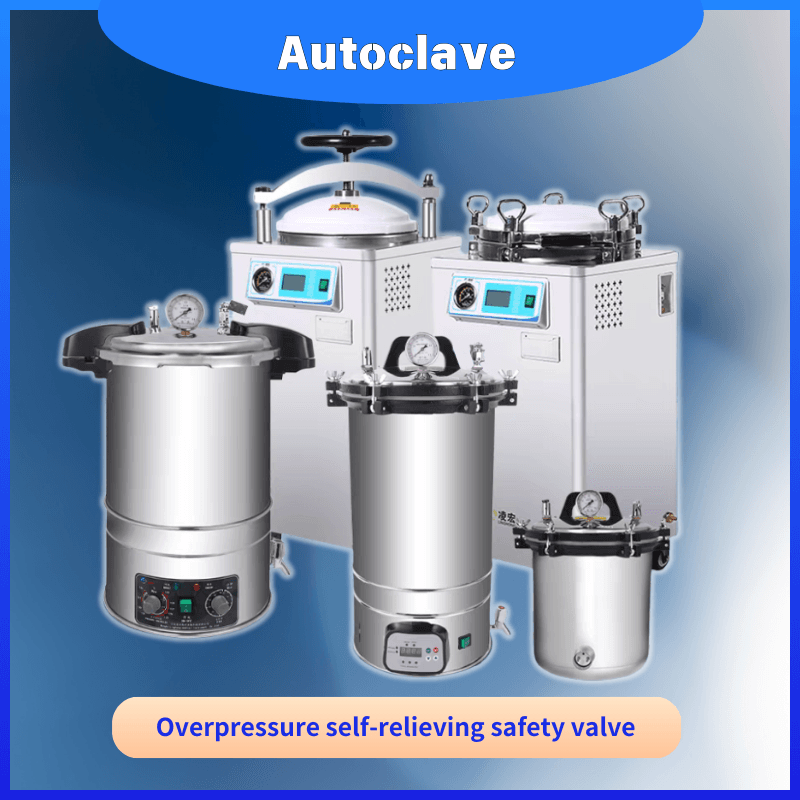Can You Put Glass in an Autoclave? A Comprehensive Guide

Sterilization stands as an essential procedure within healthcare to guarantee medical instruments and equipment remain safe and effective. Among the most prevalent sterilization methods is autoclaving which uses high pressure and temperature to eradicate pathogens. However, a common question arises: can you put glass in an autoclave? The article examines how glass materials withstand autoclaving and identifies which glass types are suitable for autoclave sterilization along with best practices and safety guidelines. The data presented here serves as essential knowledge for distributors of medical devices as well as procurement specialists and healthcare professionals who choose and operate sterilization equipment.
Comprehensive Guide to Hot Bead Sterilizers

The medical field relies heavily on proper sterilization methods to maintain safe and effective healthcare practices. Healthcare facilities need to implement dependable sterilization techniques to manage infection risks while complying with strict hygiene standards. Hot bead sterilizers stand out as a preferred sterilization method because they deliver quick and efficient results. The article presents an extensive examination of hot bead sterilizers by explaining their operational principles and benefits while offering best practice advice and answering prevalent concerns. Medical device distributors and healthcare professionals who select sterilization equipment find this information particularly beneficial along with procurement specialists.
The Complete Guide to Glass Sterilizers

Effective sterilization holds paramount importance in healthcare settings. Glass sterilizers now stand as dependable tools for medical professionals to achieve both safe and clean medical instruments. This article delivers an exhaustive examination of glass sterilizers while explaining their functionality and benefits and presenting best practices along with solutions to frequent inquiries. The data presented here offers essential insights for medical device distributors and procurement specialists as well as healthcare workers who choose and operate sterilization equipment.
The Ultimate Guide to Hot Bead Sterilizers

The healthcare sector relies on sterilization as a key procedure which maintains the safety and functionality of medical tools. The hot bead sterilization method stands out among others because it delivers rapid and efficient performance which has resulted in its significant adoption. The content of this article delivers an all-encompassing guide to hot bead sterilizers that covers their operation mechanics, advantages, recommended best practices and answers to common questions. Medical device distributors and procurement specialists along with healthcare professionals who select and utilize sterilization equipment will find this information extremely useful.
The Comprehensive Guide to Glass Bead Sterilizers

Sterilization serves as a fundamental element of infection control within healthcare environments. Glass bead sterilizers stand out among multiple available sterilization methods as they offer an effective way to quickly sterilize small instruments. The purpose of this article is to deliver extensive knowledge about glass bead sterilizers through detailed explanations of their working mechanism, advantages, optimal usage practices, and answers to popular questions. Medical device distributors along with procurement specialists and healthcare professionals who select sterilization equipment will find this information especially useful.
Understanding Bead Sterilizers: A Comprehensive Guide for Medical Device Distributors

The medical industry relies on sterilization as an essential procedure to maintain the functional safety of medical instruments and equipment. Bead sterilizers stand out among different sterilization methods for their efficient performance and user-friendly operation. This article provides thorough insights into bead sterilizers by examining their operation principles and benefits while offering best practice guidelines and addressing typical usage queries. Medical device distributors, procurement specialists and healthcare professionals responsible for sterilization equipment purchase and distribution will find this information especially beneficial.
How Often Should Autoclaves Be Tested? A Comprehensive Guide

The sterilization process of medical equipment depends heavily on autoclaves which ensure all harmful microorganisms are eradicated from instruments. An autoclave remains effective only when it undergoes consistent testing and maintenance. Medical device distributors and procurement specialists along with healthcare professionals must know the testing frequency of autoclaves to protect patients and meet industry standards. The article presents comprehensive information on how often autoclaves should be tested alongside various testing methods and best practices for maintaining sterilization processes.
Comprehensive Guide to Autoclave Testing: Ensuring Effective Sterilization

The medical field relies on autoclaving to sterilize instruments and equipment by eliminating dangerous microorganisms. The success of autoclaving requires strict adherence to detailed testing procedures. Autoclave testing confirms the proper function of the sterilization cycle and ensures complete sterilization of all processed items. Medical device distributors along with healthcare professionals and procurement specialists need a solid understanding of autoclave testing to ensure patient safety and adhere to industry standards. The article discusses different autoclave testing methods along with best practices and frequently asked questions regarding the procedures.
Understanding Autoclave PSI: A Comprehensive Guide

In healthcare facilities autoclaves serve as vital tools for sterilizing equipment and instruments to maintain patient safety. An autoclave’s performance relies heavily on the pressure level which is quantified in PSI (pounds per square inch). Medical device distributors alongside procurement specialists and healthcare professionals need to understand autoclave PSI to maintain proper sterilization standards. The article examines PSI’s role in autoclaving alongside recommended pressure levels while detailing pressure-influencing factors and optimal sterilization practices.
Understanding Autoclave Timing: A Comprehensive Guide

The sterilization of medical instruments through autoclaving effectively removes harmful microorganisms from their surfaces. Accurate timing is critical to the success of this process because it determines whether complete sterilization will be achieved. Healthcare professionals along with medical device distributors and procurement specialists must understand autoclave timing to maintain patient safety and meet industry standards. The article explores autoclave timing significance while presenting the factors that affect it and best practices along with answers to common queries regarding the subject.
